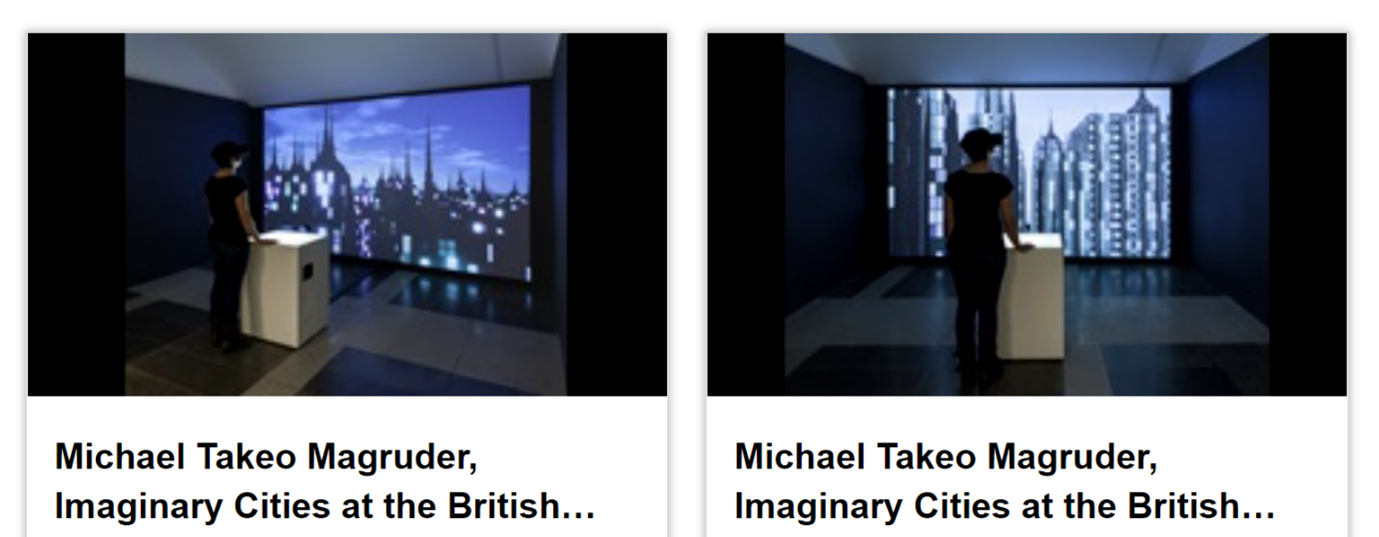After securing the New Anglia Growth Through Innovation Fund (GTi), which is part-funded by the European Regional Development Fund, we started to acquire and develop the skills and knowledge necessary to understand and utilise virtual reality as a delivery platform for learning.
Delivering soft skills training at scale can be costly both in time and money. Virtual reality training scenarios simulate realistic workplace scenarios and are a highly sophisticated form of role play.
 Using virtual embodiment, the learners interact with a virtual character, then swap bodies and watch an avatar of themselves as the situation is played back. The impact of this new perspective encourages self-reflection and embeds learning from practical experience within a virtual environment.
Using virtual embodiment, the learners interact with a virtual character, then swap bodies and watch an avatar of themselves as the situation is played back. The impact of this new perspective encourages self-reflection and embeds learning from practical experience within a virtual environment.
Part of this funding was used for software packages and training to produce blended learning programmes, i.e., content to go around the VR scenarios in addition to live training from an instructor.
We also used the grant to purchase licences for the Bodyswaps platform, a VR and mobile platform we had identified for soft skills training. Since 2019, London-based Bodyswaps has helped a wide range of organisations deliver measurable value by building more empathic workplaces and fostering greater inclusivity.
Why use Virtual Reality?
- Employees in VR courses can be trained up to four times faster PwC (2020).
- VR in training boosts engagement and knowledge retention. Learners are more focused as VR is immersive PwC (2020).
- Using virtual reality is more effective than classroom and e-learn training at teaching soft skills concepts PwC (2020).
- VR learning provides a way to train employees where it is not always practical to do so in the real world.
- Both employers and employees want bite-sized training that is focused and applicable, which is exactly what VR offers ManPower (2021).
My Virtual Experience
I’m a British Library member and visited their exhibition – Imaginary Cities – in the summer of 2019 (those were the days). It was my first experience with VR.
Michael Takeo Magruder, Imaginary Cities at the British Library, 2019. Photographs by David Steele (c) Michael Takeo Magruder
I wandered through the exhibits and then went into a small area with a VR headset. I put on the headset and was immediately transported straight into the VR scenario. The scenario was a graphically represented cityscape and I was floating through it.
To me, it actually felt like the opening scenes from the original Bladerunner. The feeling of being at height and drifting through the cityscape – only you were in amongst the buildings rather than above them which made it worse for some reason!
I really felt I was falling and took the headset off within seconds. In the end, the only way I could manage to use the headset was to stand wedged against the podium so I could feel I wasn’t falling. Thankfully, it was very quiet in the exhibition so no-one could see me!
However, the initial impact of first wearing a VR headset led me to believe we needed a greater understanding of how to overcome resistance and discomfort in using VR and whether or not it would be effective for delivering soft skills training.
Working with the University of Suffolk
We secured a grant from EIRA, Enabling Innovation: Research to Application, an organisation that supports innovation in the East of England by providing businesses with access to academic expertise, including consultancy and collaborative research, specialist facilities and funding. This enabled us to work with academics from the University of Suffolk to investigate how virtual reality scenarios could improve the delivery of soft skills training in the workplace.
The objectives of the usability testing were:
1) To understand the experience of engaging in training utilising embodied virtual reality and conversational artificial intelligence;
2) To explore the possible contribution of embodied virtual reality and conversational artificial intelligence in a training context;
3) To identify any issues experienced/observations made by the users during their training experience.
Research participants were given access to the Career Mindset Development training module developed by Bodyswaps. The mean age of participants was 39.6 years (SD = 10.09), and their ages ranged between 29 – 58 years.
Results
Once training had been completed, the participants engaged in a focus group. Participants’ own subjective experience of the training was overwhelmingly positive about the value of using VR for this type of training. Also, all participants unanimously agreed that they would learn more effectively in an immersive environment.
The EIRA grant has given us access to academics who
a) confirmed VR is effective for delivering this type of learning, and
b) some marketing guidance.
We also understand the necessity of giving participants enough time to get used to the headsets and virtual environment before beginning any training scenario.
Being able to fail safely and learn from mistakes, and being able to repeat this process until the skill has been mastered are clear advantages. Ever-increasing sophistication and verisimilitude of VR environments and more affordable hardware/software packages has widened the opportunities and the accessibility of this technology.“
Professor Nicholas Caldwell, Professor of Information Systems Engineering, University of Suffolk
Available VR Bodyswaps Training
We now have a range of Bodyswaps courses available from Workplace Communication Essentials, Inclusive Learning to a Job Interview Simulator.
Please click on the link for more information Virtual Reality & Soft Skills – Blue Novation.

